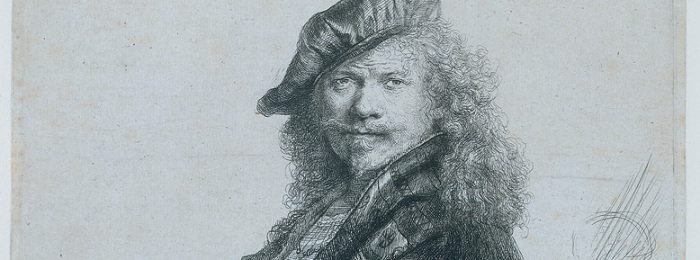Quality vs Quantity in Drawing

Question from Slater
I was wondering which aspect is more important while sketching: quantity or quality.
I often hear people say that, when learning how to draw, practice is the only surefire way. I completely agree, but I have noticed a few variations on what is expected to be achieved from a practice sketch.
The sketches found in Drawing Academy look, at least to me, like quality ones with clean lines, accurate proportions, and marvelous shading. On the other hand, when I look at the sketches of certain Old Masters, especially Rembrandt’s, they seem to be done rapidly with an emphasis on style, but appear to be slightly lacking in proportion and crispness.
Both of these methods produce splendid results, and neither necessarily looks superior to the other, but as someone fairly new to drawing, I don’t have much of any style, nor do I expect to improve what little I have anytime soon.
At the same time, my lines and proportions could use refinement. Should I fix my errors until they are as correct as possible, move on to a new subject for the sake of making another sketch, or is there some sort of balance that I should be trying to achieve?
Thank you for your time,
Slater
Hi Slater,
Many thanks for your questions.
You have raised an interesting topic. Of course, both quality and quantity are important in sketching; however, what really gives you an edge in improving your art skills is “thoughtful” drawing.
If you do 100 portraits, you get a collection of sketches; but when you do a portrait thoughtfully – analyzing a model, measuring and comparing proportions, thinking about anatomy, using constructive drawing techniques, constantly asking yourself questions, and solving the challenges of depicting a model realistically – you will get far more.
Choosing a sketching style very much depends on the creative task you want to solve. There’s no one style that fits all purposes.
Drawing in loose and fast pencil strokes is great for quick preparatory sketches or for working on composition.
When it comes to the “careless virtuosity” of Old Masters’ rapid sketches, I have to say that such a style requires a great deal of mastery. What might look like an easy scribble, in fact was achieved by many years of intense practice.
Here are some “loose” etchings by Rembrandt:
Making delicate marks carefully and thoughtfully is more suited for detailed studies and copies, when you want to analyze contours and outlines, study proportions, work on texture and tonal values, and so on.
In every case, I advocate working ‘thoughtfully.’ Don’t just doodle mindlessly; instead, constantly ask yourself questions and set tasks. Solve those tasks cognitively, and depict the answers you come up with.
There are endless questions you may ask while sketching a portrait; for example: what is the angle of a head tilt? How do the eye-line looks in perspective? What is the head’s height-to-width ratio from this point of view? What is the shape of the nose? How do the ears look under the hair? How is the head connected to shoulders? And so on. By setting up and solving these small tasks, you will get meaningful, realistic, and believable artworks. This is the best way to work on your art skills.
In regard to fixing mistakes while sketching, yes, it is required. Only by seeing and fixing them will you make progress; how you do it is a different matter. You can do another quick sketch, avoiding mistakes that you notice, or fix them in the current sketch by erasing or simply drawing over them.
I hope this gives you enough to think about and implement in your sketches.
To your creative success,
Vladimir
To learn how to draw skillfully,
- Receive 15 new videos monthly (45 in total)
- Incredible discount – $4,164
- Bonuses - Fine Art eBooks and Videos
- Drawing Academy Diploma of Excellence after course completion in 3 months
- Personal coaching by Drawing Academy Tutors
- Lifetime membership. Free after the 3rd month
- Immediate access to all 45 video lessons
- Incredible discount – $4,198
- Bonuses - Fine Art eBooks and Videos
- Drawing Academy Diploma of Excellence after course completion in 3 months
- Personal coaching by Drawing Academy Tutors
- Lifetime membership. No more payments













This Post Has 0 Comments